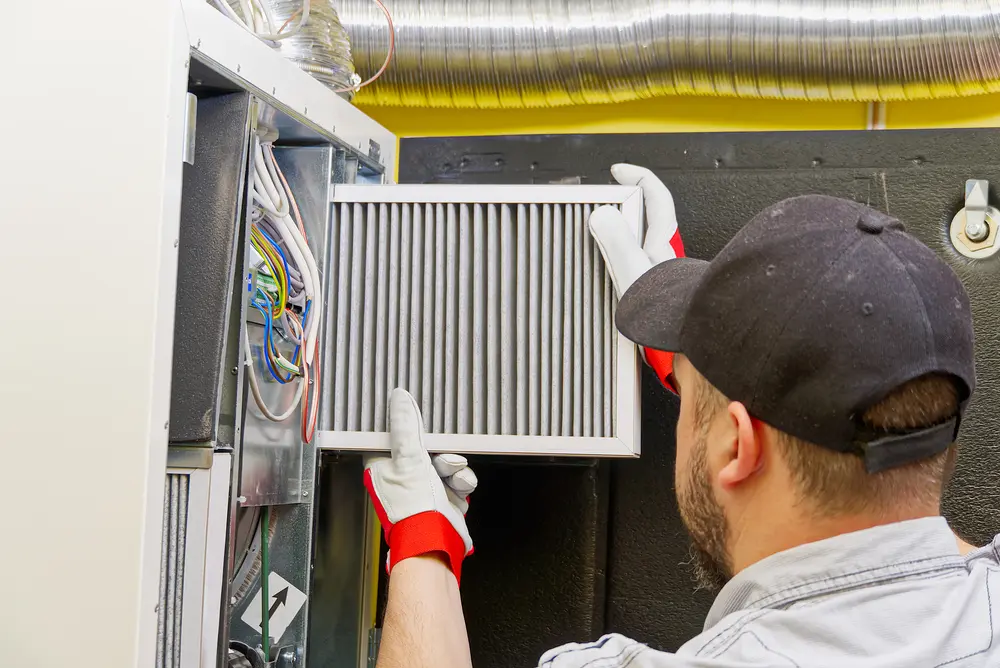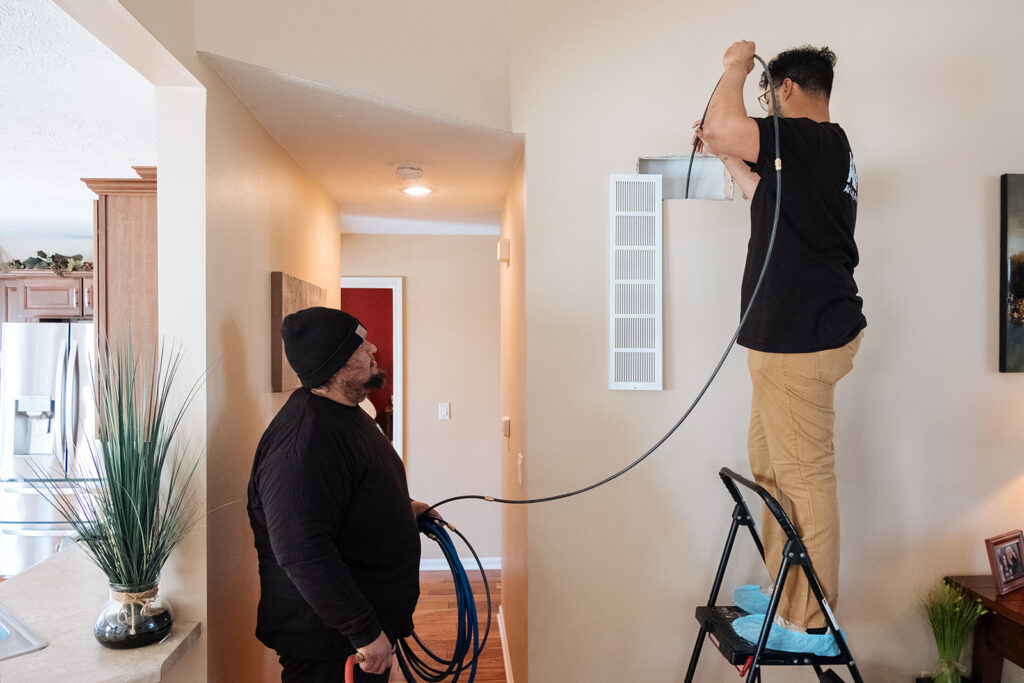In today’s world, ensuring the cleanliness of your furnace ducts is of paramount importance. With rising concerns about indoor air quality, understanding the NADCA furnace duct cleaning standards is crucial for homeowners and business owners alike. The NADCA standards are designed to ensure that the air you breathe is as clean as possible, making them an essential guideline for anyone looking to maintain a healthy indoor environment.

What are NADCA Standards?
The National Air Duct Cleaners Association (NADCA) sets the standard for cleaning HVAC systems. These are not just arbitrary guidelines; they are developed through extensive research and expert consensus. The NADCA furnace duct cleaning standards emphasize the importance of proper cleaning to enhance the efficiency and longevity of your HVAC system.
Why is Duct Cleaning Important?
Duct cleaning is essential for multiple reasons. First, it improves indoor air quality by removing dust, allergens, and other pollutants from your ducts. Second, clean ducts help your HVAC system run more efficiently, which can reduce energy costs and extend the life of your equipment. Additionally, for businesses, maintaining clean ducts is crucial to ensure the health and safety of employees and customers.
Improving Indoor Air Quality
Indoor air quality is a growing concern, especially with more time being spent indoors. Pollutants can accumulate in your HVAC system, circulating throughout your home or business. By adhering to NADCA furnace duct cleaning standards, you can significantly reduce these pollutants, creating a healthier environment.
For a detailed step-by-step guide on cleaning air vents, you can visit this external resource.
Efficiency and Cost Savings
A well-maintained HVAC system operates more efficiently, which can lead to substantial cost savings. When ducts are clean, your system doesn’t have to work as hard to maintain the desired temperature. This not only reduces energy consumption but also decreases the wear and tear on your HVAC unit.
The Process of Duct Cleaning
Understanding the duct cleaning process is essential to ensure it is done correctly. The process typically involves the use of specialized tools to dislodge dirt and debris, which are then vacuumed out of the ducts. For more on the tools used in duct cleaning, check out this detailed guide on tools for duct cleaning.
The Role of Professional Cleaners
While some may consider DIY duct cleaning, professionals trained in NADCA standards are best equipped to handle the job. They have the knowledge and tools necessary to thoroughly clean and sanitize your ducts, ensuring compliance with industry standards.
Frequency of Cleaning
How often should you clean your ducts? According to NADCA, it’s recommended to clean your ducts every three to five years. However, factors such as pets, allergies, and recent renovations might necessitate more frequent cleanings. Learn more about cleaning frequency and ensuring the job is done right on this informative page.
Common Misconceptions About Duct Cleaning
There are several misconceptions about duct cleaning that need to be addressed. One common myth is that duct cleaning is unnecessary. However, as highlighted by NADCA standards, regular cleaning is crucial for maintaining a healthy indoor environment.
DIY vs Professional Cleaning
While some DIY enthusiasts might attempt duct cleaning themselves, it’s important to weigh the pros and cons. Professional cleaners not only follow NADCA standards but also ensure a thorough job, which might be challenging for a DIY approach. For those interested in DIY, here’s a guide on cleaning ducts with a shop vac.
Benefits of Following NADCA Standards
Adhering to NADCA standards offers numerous benefits. It ensures the highest level of cleanliness, enhances HVAC efficiency, and provides peace of mind knowing that your indoor environment is safe and healthy.
Health Benefits
Clean air ducts contribute to a healthier living or working space. By reducing allergens and pollutants, you can prevent respiratory problems and other health issues, especially in sensitive individuals like children and the elderly.
Environmental Impact
Efficient HVAC systems consume less energy, which is not only good for your wallet but also for the environment. By reducing your energy footprint, you’re contributing to a more sustainable future.
Choosing the Right Duct Cleaning Service
When selecting a duct cleaning service, it’s essential to choose a company that adheres to NADCA standards. Look for certifications, customer reviews, and ensure they use the right equipment and techniques.
Questions to Ask Your Service Provider
Before hiring a service provider, ask them about their cleaning process, experience, and certifications. Ensure they follow NADCA standards to guarantee a thorough and professional job.
The Future of Duct Cleaning
The duct cleaning industry is continually evolving, with advancements in technology and techniques. Staying informed about these changes is crucial for homeowners and business owners aiming to maintain optimal air quality.
Innovations in Duct Cleaning
Recent innovations include the use of cameras for inspection and advanced vacuum systems for more efficient cleaning. These technologies ensure that ducts are cleaned more thoroughly and efficiently.
Conclusion
Understanding and adhering to NADCA furnace duct cleaning standards is essential for anyone looking to improve their indoor air quality and HVAC efficiency. By choosing the right cleaning service and staying informed about industry advancements, you can ensure a healthier, more efficient indoor environment.

FAQs
1. What are the benefits of following NADCA standards?
Following NADCA standards ensures your ducts are cleaned to the highest level, improving air quality and HVAC efficiency.
2. How often should I clean my ducts?
NADCA recommends cleaning your ducts every three to five years, though more frequent cleanings may be necessary in some circumstances.
3. Can I clean my ducts myself?
While DIY is possible, professional cleaning is recommended to ensure compliance with NADCA standards and to achieve a thorough clean.
This article contains affiliate links. We may earn a commission at no extra cost to you.